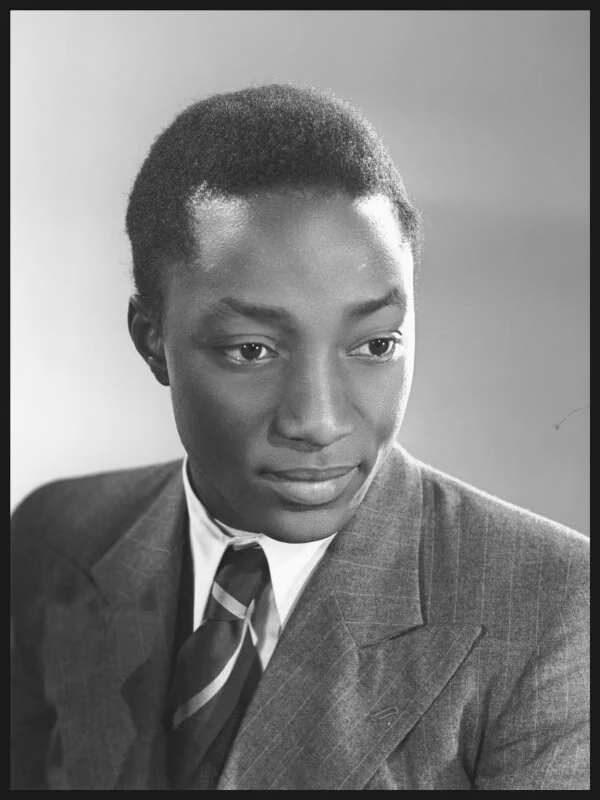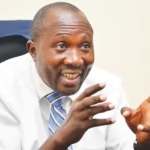Uganda gained independence from Britain on October 9, 1962, with Milton Obote as Prime Minister and Sir Edward Muteesa II as the first President. Muteesa, also known as the Kabaka of Buganda, played a significant role in Uganda’s journey to independence.

Early Life and Education
Muteesa was born on November 19, 1924, at Sir Albert Cook’s house in Makindye, Kampala. His father, Sir Daudi Chwa II, was the Kabaka of Buganda, and his mother was Lady Irene Drusilla Namaganda. Muteesa attended Kings College Buddo and later studied at Magdalene College, Cambridge, where he joined the Officer Training Corps and became a captain in the Grenadier Guards.

Road to Independence
The path to independence was marked by challenges, including widespread protests against British rule and the Governor of Uganda’s government. The British proposal to unite British East Africa into a federation was met with opposition from the Baganda, who feared losing their limited autonomy. Muteesa himself opposed the proposal, leading to conflict with the British Governor, Sir Andrew Cohen.

Key Events Leading to Independence
- 1953: The Lukiiko sought independence from Uganda, with Muteesa demanding Buganda’s separation from the rest of the protectorate.
- 1955: Muteesa returned to Kampala after a negotiated settlement, becoming a constitutional monarch and granting the Baganda the right to elect representatives to the kingdom’s parliament.
- 1961: A constitutional meeting was held in London, resulting in Buganda obtaining significant autonomy.
- 1962: Uganda gained independence, with Obote as Prime Minister and Muteesa as President ¹.



